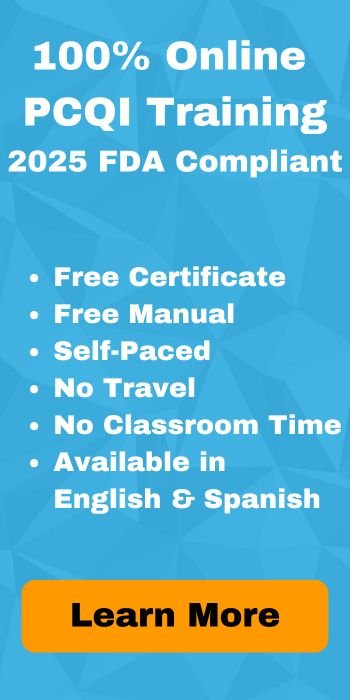Food fraud is a major aspect of food safety regulations that often goes unmentioned in the larger conversation. But it’s important to understand what food fraud is, what forms it takes, and how to prevent it.
This blog from ImEPIK offers a quick summary of what you need to know to fight food fraud and improve traceability.
What is Food Fraud?
Simply defined, food fraud is any act involving fraud or misrepresentation of a food product. It can take many forms, such as:
- Substitution of lower-quality ingredients or different ingredients in food
- Concealment, meaning some aspect like antibiotic use or antifungal use is not disclosed
- Mislabeling is when an item is improperly listed as organic, kosher, vegan, etc.
- Gray market production/theft/diversion, where items are produced and sold without going through proper regulatory channels
- Counterfeiting of brand-name food items by unapproved manufacturers
- Unapproved enhancements, like adding coloring agents to fruit or other products
- Dilution, which replaces part of the weight or volume of a product, typically with a lower quality ingredient
The U.S. Food and Drug Administration refers to food fraud as “economically motivated adulteration.” Read more about their definition here.
How Can I Successfully Deal with Food Fraud?
If you want to prevent fraud as a food manufacturer, you can take a few specific steps to help with this issue.
 Take traceability precautions
Take traceability precautions
Ensure that all of your food products are correctly labeled with batch numbers and other information that can help track down and resolve any potential issues.
Always stay up-to-date on food safety regulations
Sometimes, food fraud is accidental. Make sure you clearly understand the latest food safety requirements to avoid accidentally breaking the law.
Implement good manufacturing practices (GMPs)
Implementing robust, strong manufacturing controls and GMPs at your facility will minimize the risk of undetected fraud and quality control issues. Training staff properly will be key to maintaining GMPs over the longer term.
Use reputable suppliers
Food production involves a large, complex supply chain. To reduce the risk of fraud, make sure your company works with reputable suppliers. For example, if you make organic hummus, ensure that all of the producers and suppliers you source your ingredients from can prove their organic status.
Consider end-users
Things like unique serial numbers, QR codes, and other tools allow end-users to shop with confidence without worrying about fraud or purchasing a low-quality product.
Fight Food Fraud and Keep Food Safe at Your Facility
Hopefully, this blog has helped you learn a bit more about the threats of food fraud and the steps you can take to protect food safety.
ImEPIK is always here to help with food safety training and to ensure you produce safe, high-quality products that will satisfy customers and regulators alike.
Our online PCQI course is informative, engaging, and convenient – and can be completed according to your schedule. For more information, contact us online today.

